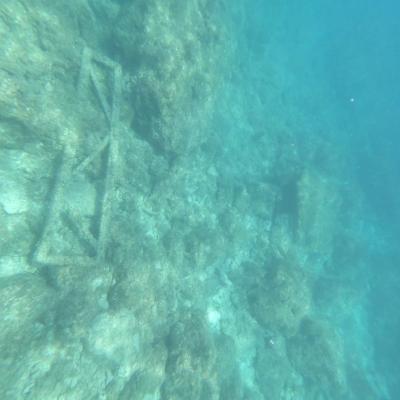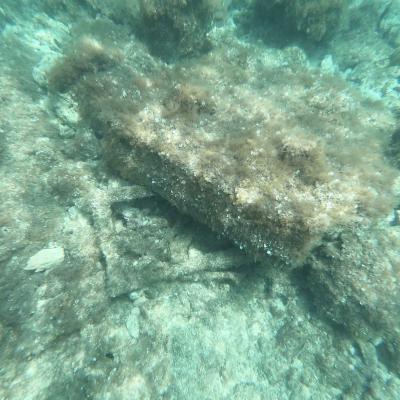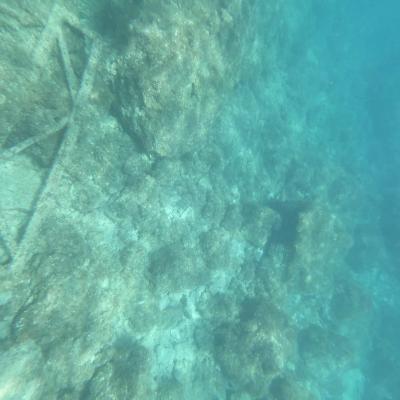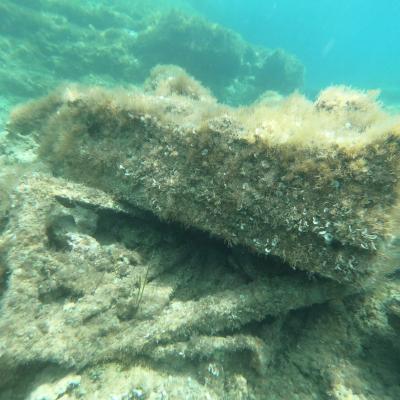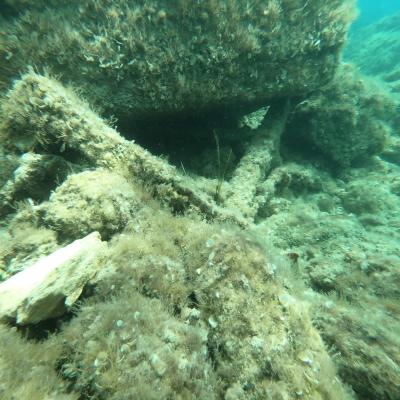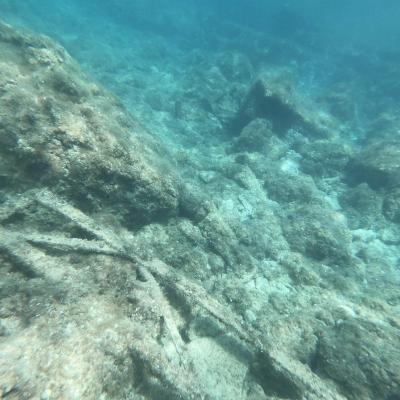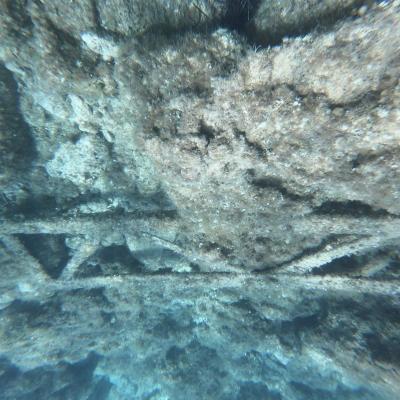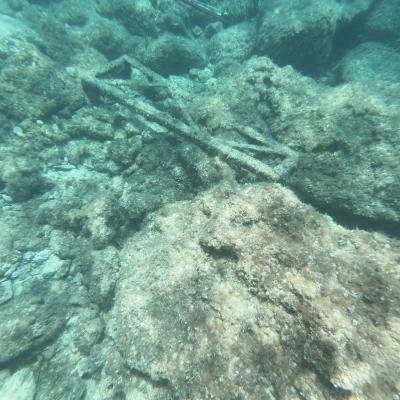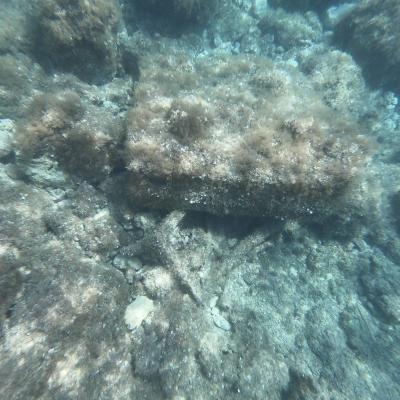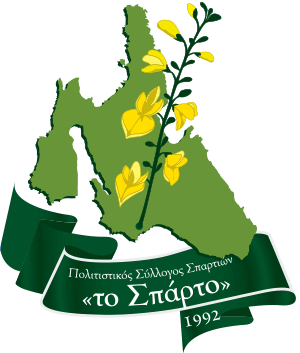Our Village
It is a seaside, traditional village in the area of Livathous, located in the south-eastern part of the island above the beach "Klimatsias" and is 14 km. from Argostoli, the capital of the island.
Spartia is one of the oldest settlements in Kefalonia and it could be said that their history is possibly close to a THOUSAND YEARS. Old settlement mentioned in minutes of the Latin Episcopate of Kefallinia in 1264.
To avoid pirate attacks, many years ago, the narrow streets of the village were designed in a "mosaic" manner and high walls with tiny windows surrounded the houses. In the middle of the previous century the Spartan fleet had 90 sailing ships for the trade in the Mediterranean and the Black Sea. The main characteristics of pre-earthquake Sparta were their literally labyrinthine layout, the very narrow "cantons", the towering kurtas of the houses, the very small windows especially at the bottom of the houses and the many chapels and chapels. Unfortunately, the village was completely destroyed by the earthquake of 1953, like all of Kefalonia. The village was rebuilt as seen in its present form and still has those familiar narrow streets. Their homes now, however, are open and pleasant with gardens and lots of colorful flowers.
During their centuries-long history, the Spartans from time to time produced distinguished men not only in shipping and commerce. They highlighted eminent priests, fighters of our National games and scientists. The militant journalist and radical Panagis Panas was born in this village, the founder of the Department of Ophthalmology at the School of Medicine of the University of Paris, Professor Foteinos Panas, the founder of the People's Hospital, Professor Marinos Valiannos, lived. Evangelos Panas, a member of the Friendly Society and leader of the Kefalonites against the Turks in 1821 in the battle of Lala, also came from Sparta. And today's Sparta, however, has demonstrated, in relation to its population, a sufficient number of scientists of all branches.

The name "Spartia"
Among the wild shrubs, the sparto dominates, followed by skins and myrtsines.
The ancients say that from the castle of Agios Giorgios in Trauliata something was seen shining from afar. It was the brilliance of the image of the Virgin Mary in the "sparta". For this reason, the settlement was later named so.
PROCEEDINGS OF THE LATIN DIOCESE OF KEFALONIA
Spartia is one of the oldest settlements in Kefalonia and it could be said that their history is possibly close to a THOUSAND YEARS. Certainly Spartia already existed as a village in 1264, i.e. 745 years ago!
Με το ίδιο όνομα "ΣΠΑΡΤΕΩΣ" τα Σπαρτιά αναφέρονται και σε παλιό χάρτη της Κεφαλονιάς του 16ου αιώνος. Στον ίδιο χάρτη αναφέρεται ως παραθαλάσσιο τοπονύμιο και ο γυαλός των Σπαρτιών "CLIMACIA", ο δε ΔΙΑΣ ως "SANTA MARIA" εκ της επ' αυτού υπαρχούσης Μονής της Παναγίας (των Βλαχερνών).

The Community of SPARTION was abolished and joined the Municipality of Livathos by law 2539/97 (Government Gazette 244 A/4-12-1997).
Source: www.spartia.gr

Sights
On the cobblestone with the ruins of the pre-earthquake village you can admire a Historical Preserved Monument, it is the bell tower of Agios Gerasimos in Spartia which dates from the time of the Venetian occupation. An ancient Maltese-style stone bell tower.
After actions of the then Community of Sparta, to the Ministry of Culture, the bell tower was classified as a historical preserved monument, with the Ministerial Decision B1 /Φ.31/27829/726/8.8.88, published in the Official Gazette 665/Β/9.9.88, "because it belongs to a category of works that are among the most interesting of the architectural features of Kefalonia and are among the few that have been saved from the earthquakes

Cape Liakas It is located on the south coast of Kefalonia, in Leviatho.
Spartia and its beach are lucky to host the Spilia at Kavo Liakas, this geological formation, right at the point where the coast meets the sea.
The Cave in Kavos Liakas is a "work of art", sculpted by nature, the greatest artist! As the sea water enters the land, in a very elaborate way, the Cave embraces it, opening the way to the sea.
The area around the Cave in Kavos Liakas can be visited and accessible by everyone, with a small bridge that offers both safety, but also the possibility of better observation.
In the area outside the Church of the Dormition in the center of the village you find a cannon from the 1940 war


